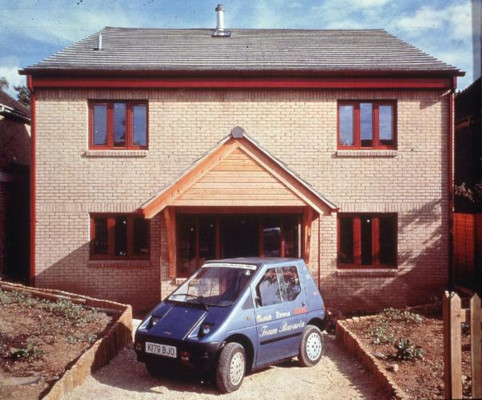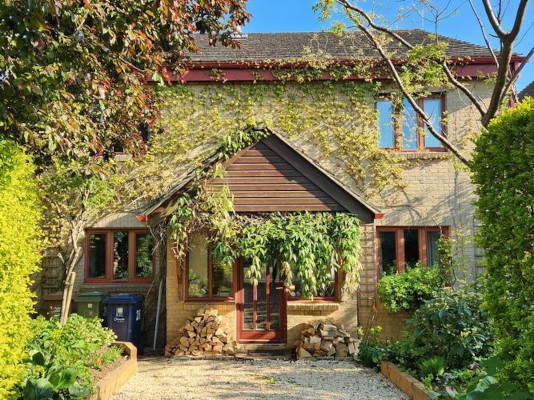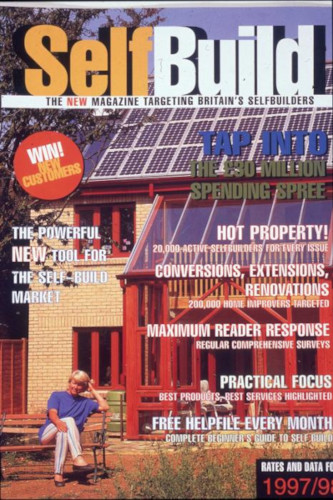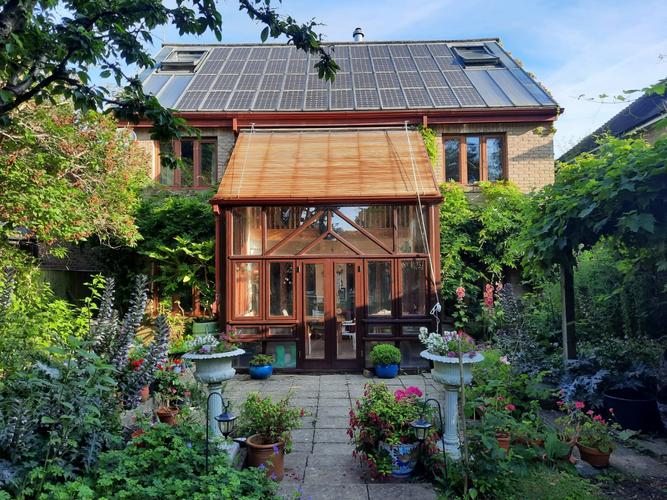The Oxford Ecohouse was built in 1995 to show that a comfortable life could be lived with minimal impact on the climate through the design of the building itself to use of passive solar heating, night-time cooling, solar hot water systems and photovoltaics to provide comfort and power for its occupants. The roof also ran the family car – Hannibal, a Kewet El Jet that had won the European solar car of the year award in 1993 and served the family well for a decade.
This ordinary family home has stood the test of time and is working largely as it did in 1995 having integrated now with its local habitats. It still exports around twice as much electricity as it exports and has monthly energy bills that range from £35 to £85 a month across the year.


The Oxford Ecohouse caught the imagination of a generation and was widely publicised around the world to very different audiences: architects, engineers, self-builders, developers, politicians, planners, regulators and the general public.
2025 marks the 30th anniversary of the house and its revolutionary roof and we will celebrate!
The world has changed radically in the intervening 30 years and the introductions to the four editions of ECOHOUSE showed how much the world and our thinking has changed since then. In the last three decades Climate Change has accelerated rapidly and many around the world even now live under the threat of climate disasters. There has never been a greater need for ECO-DESIGN thinking and in the Publications section of the site we outline some key reading on how to achieve it.

This website is in development and we hope eventually to include a record of successful Ecohouses from around the world. We are just beginning to realise that we have been given the divine gift of solar energy that works well when we most need it, in the increasing heat of our changing climate, and runs the fans and cooling systems that can help many survive extreme weather events now and in the future.

Never lose site of the fact that:
What will keep us safe in extreme weather – especially when we cannot afford to buy more energy or local grids fail – is not a Machine, or an Algorithm, or an App – it is the buildings themselves that we live in and the wise ways they manage and use local natural energy that will save us.
Welcome to the world of Eco-design thinking.
